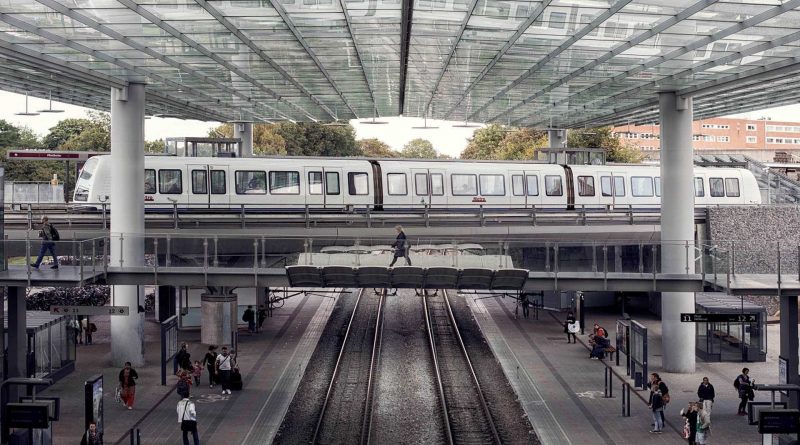Solution provider

We provide state-of-the-art services within engineering, environmental science and economics with due consideration for the environment and society.
Case


We provide state-of-the-art services within engineering, environmental science and economics with due consideration for the environment and society.
Add the case to your visit request and let us know that you are interested in visiting Denmark
Every hour, every day people spend billion of hours waiting in traffic jams around the world. The problem is set to accelerate as cities are growing dramatically.
In 2050, around 70 percent of the world’s 10 billion people are expected to live in a city.
The people flow to the world’s cities puts pressure on the existing infrastructure, and in the mid 1990s, Danish authorities decided to build a metro in the capital of Copenhagen to prepare for the city’s growth and kick-start the development of a new urban area, the Ørestad district.
THE VISION
Rebekka Nymark, Customer Director at Metroselskabet, has lived in Copenhagen all her life. What was the vision behind the metro and how has it influenced the city?
SENSORS KEEP AN EYE ON LANDMARK BUILDINGS
Sensors on the walls of the surrounding buildings and meticulous computer monitoring around the construction sites of the inner city metro stations are witnesses to the technical challenges related to shallow tunneling under large buildings and monuments – some of them being several hundred years old.
The Frederiks Church, popularly known as 'The Marble Church', is a landmark church located in line with Amalienborg royal castle and The Opera in the middle of the elegant area of Frederiksstaden. The church is known for its characteristic copper green dome and has a foundation reaching back to 1749.
Here, a few meters from the main entrance, a new metro station is set to open in 2019.
”We have to take extremely good care and be aware of the risk to cause cracks and settlements in the buildings on the ground. To mitigate this risk, we have established a monitoring system and an alarm will go off, if any settlements occur."
"In some cases, we have also established a system with pipes under the constructions, which makes it possible to lift the buildings if necessary,” explains Torsten Mølgaard, senior project director at COWI.
DRILLING AND BUILDING ON TRUST
Establishing stations 30-40 meters underground and squeezing them in between fragile Medieval buildings does not come easy. Due to the sensitivity and minimal available space in the city center, Marmorkirken Station doesn’t follow the traditional Copenhagen Metro design with two tracks running side by side. Instead, it was decided to build a station with two floors. This makes it the deepest of all stations, with a depth of nearly 40 meters.
Torsten Mølgaard elaborates on COWI's role in the extensive metro project:
”The keyword is trust. First and foremost that the client trusts in you, but also that the society trusts in you. A large project like this has a strong focus from the local citizens and from the political system. At Marmorkirken Station for example, a crucial task was to evaluate whether it was safe to build a station in the underground, and obviously we were very careful to deliver a well documented answer, before any drilling work was allowed.”
THE CHALLENGES
When drilling in sand and clay, there is a serious risk of settlements on the ground. Torsten Mølgaard, Senior Project Director at COWI, takes us 40 meters underground.
EACH STATION DESIGNED TO MIRROR THE NEIGHBORHOOD
The green line opened up to passengers in 2002, the yellow line in 2007 and the City Circle Line (blue and red lines) with 17 new stations each the size of a handball court, are set to open in 2019. That will bring the total number of stations up to 39.
The City Circle is the largest construction project in Copenhagen in 400 years.
It is entirely underground and a solid pillar of the metro design is to ensure daylight into the platforms and generally choosing solutions to support the Danish capital’s vision to uphold and further develop a livable city with green and vibrant public spaces.
The Copenhagen Metro is driverless and fully automatic. By conclusion, it is expected to carry more than 100 million passengers a year.
CREATING LIVABLE SPACE
A guiding star has been to design the urban space surrounding the metro stations in the image of the people using them. Louise Risør, Landscape Architect and Design Lead, COWI, explains how.